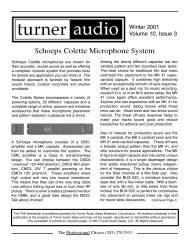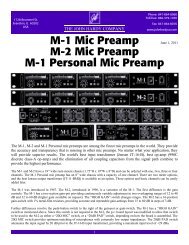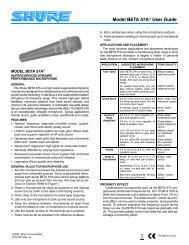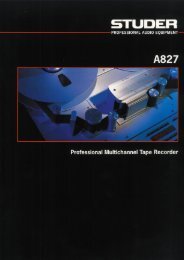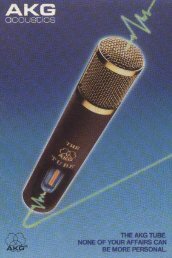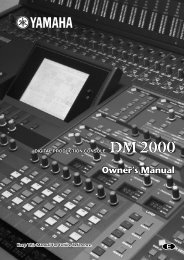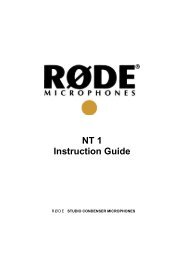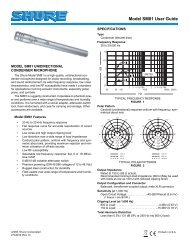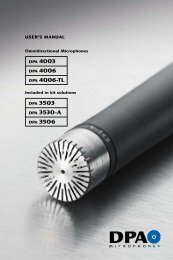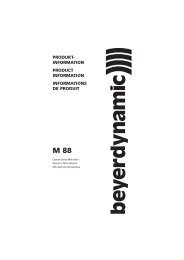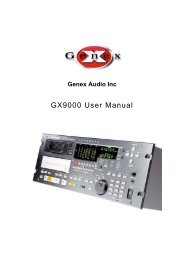Lexicon 480L | PDF - Freeverb3
Lexicon 480L | PDF - Freeverb3
Lexicon 480L | PDF - Freeverb3
You also want an ePaper? Increase the reach of your titles
YUMPU automatically turns print PDFs into web optimized ePapers that Google loves.
Banks 1-4: the Reverb Programs<br />
Page Three<br />
PREECHO LEVEL<br />
Preechoes can best be understood by visualizing a<br />
stage where the early reflections are the sounds emanating<br />
from the rear and side stage walls directly after<br />
the sound from the stage. Usually the rear stage wall<br />
reflection is earlier and louder than those from the two<br />
side walls. The preechoes are actually clusters of<br />
echoes, with the density of the cluster set by DIFFU-<br />
SION.<br />
The preecho reflection parameters change the perceived<br />
locations of reflecting surfaces surrounding the<br />
source. PREECHO LEVEL adjusts the loudness of the<br />
reflection.<br />
Note: Some of the presets use an algorithm with<br />
six preechoes, and others only have two. If you<br />
need more than two when creating a sound, be<br />
sure to start with a preset that has six.<br />
Page Four<br />
PREECHO DELAY TIME<br />
For each of the PREECHO LEVEL parameters, there<br />
is a corresponding PREECHO DELAY TIME parameter.<br />
PREECHO DELAY TIME sets the delay time in ms<br />
for one of the preechoes. PREECHO DELAY TIME is<br />
not affected by PREDELAY, so preechoes can be<br />
placed to occur before the reverberation starts.<br />
3-7


